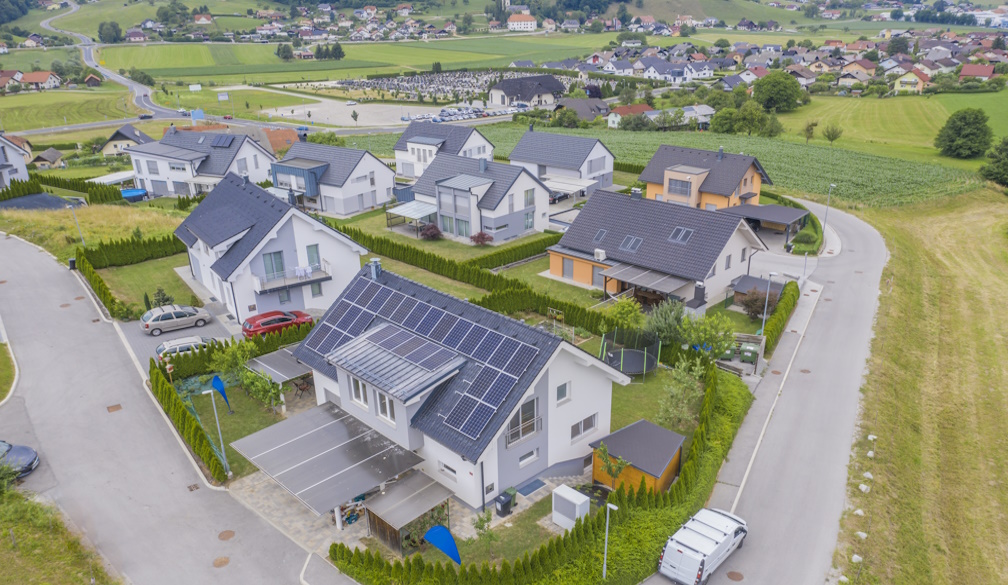The Main Risk Factors in Construction You Should Know
- Written by NewsServices.com

Most construction projects are not protected from risks and challenges. But you can prevent a range of negative factors that ruin your profitability and slow down the building progress. Among the most dangerous risks are unforeseen conditions and poor management of the company. That is why contractors try to improve their performance with the help of better cost estimation and more accurate budget planning.
Remember that high-level risk management is a half battle when it comes to your success. For error-free cost estimation and more profitable tender participation, use software for bidding construction jobs. Additionally, pay attention to the main negative factors to avoid threats, losses, and failures as the market player and trusted contractor.
5 Risk Factors That Should Contractors Take into Account
According to the latest reviews and case studies of the construction market niche, risk management with well-planned pre-construction strategies and timely threat identification saves companies from financial losses in 80% of situations. Thousands of projects were analyzed to prove the fact that high-grade control measures lead to cost-efficiency of work and fewer time resources required for the building performance.
Among the most dangerous risk factors are 5 possible hazards during different stages of construction:
1. Design challenges. Various disciplines and techniques take place here. The better the building is designed, the more accurate costs and budget planning will be. The enemy of contractors and their designers is the human factor. To avoid design imperfections and weak spots, invest in special-purpose software to improve the quality of the project plans.
2. Lack of funds. You should not count on limited investments and follow your budget plan without reserved money. Different force majeure situations can take place. It is necessary to understand that you have some funds to solve sudden challenges like machinery failure, staff shortage, litigation problems, etc.
3. Unreliable subcontractors. You can face partners and any other parties who are far from honoring their price commitments. For example, you have discussed with subcontractors all the costs and approved your budget plan. But right after the won tender, you can hear from your partners about rising prices. The same story is about suppliers – that is why it is recommended to specify all the pricing commitments in the contract.
4. Damage to property. To avoid this hazard, pay attention to your on-site security beforehand. No additional expenses to buy new materials and equipment instead of stolen ones will take place. Purchase and install security cameras, signalization boards, hire a guardian to protect your property and people living in the trailer on the site.
5. Inappropriate materials, techniques, construction methods. Sometimes the success of your project depends on the best-matching approaches in the context of building supplies, adequate labor costs, and quality of applied tactics. For example, you decided to collaborate with professional and reputable subcontractors but their pricing limits your target profits. The same story is about materials. You should search for the most optimal costs for the supply, transportation of stone, clay, and other building budget items with no scarification in terms of their quality.
It is worth noting that among risk factors we can mention feasibility and outcome challenges related to overestimating or under-estimating practice. Additionally, contractors should be careful of commercial viability. Avoid inaccurate quantity takeoffs during the bidding stage of the project. This way, you will prevent different issues at once.
Weather extremes, injuries, or deaths on the site also happen. It is critically important to have funds to cover these sudden challenges including compensations, expensive purchases. Do not neglect construction insurance that will protect you from inclement weather and delays because of force majeure.






















